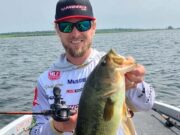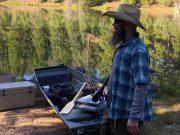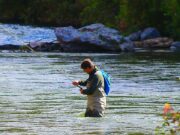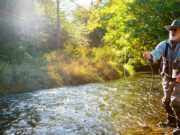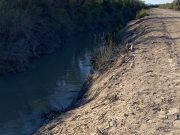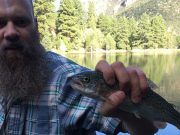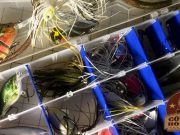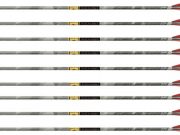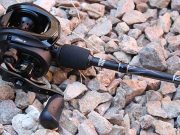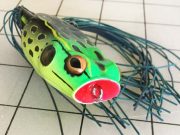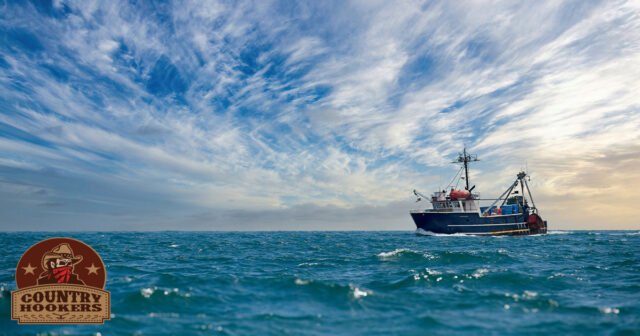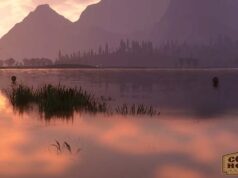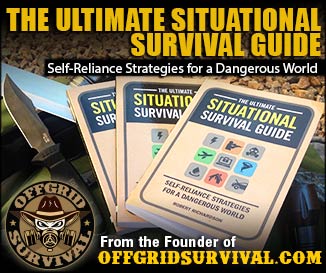Donald Trump just signed an executive order that opens nearly 500,000 square miles of federal waters to American commercial fishing. The area — known as the Pacific Remote Islands Marine National Monument — has been off-limits for years. That changes now.
The decision reverses restrictions put in place by past administrations and is already being welcomed by fishermen who say it’s about time someone stood up for their industry.
“This zone is ours — around Hawaii, Samoa, all of it. Why are we stopping our own guys from making a living?” said Commerce Secretary Howard Lutnick at the announcement.
A Boost for American Fishing
The fishing industry has been stuck in neutral. Overregulation, shrinking access, and rising foreign imports have hammered American fishing towns from Maine to Alaska. Trump’s move opens up waters 50 to 200 nautical miles from the monument’s coasts, but only to U.S.-flagged vessels or boats with American crews.
The goal? Bring back jobs and help close the $20 billion seafood trade gap.
“This could be a turning point,” said Lisa Wallenda Picard of the National Fisheries Institute. “It supports every part of the chain — from the fishermen to the families putting food on the table.”
The Usual Pushback
Environmental groups are already blasting the decision, warning it could lead to overfishing and harm to marine ecosystems. They point to federal laws like the Magnuson-Stevens Act, which they say helped rebuild fish populations over the last few decades.
But fishermen say they’ve heard it all before. For them, this isn’t about politics or press releases — it’s about survival.
“We’ve been told for years to sit tight, wait, let someone else fix it,” one longtime fisherman told us. “Meanwhile, our docks are empty and the fish we used to catch are being flown in from overseas.”
David Henkin, an attorney with Earthjustice, pushed back Thursday, arguing that Trump doesn’t have the legal power to undo protections put in place by past presidents under the Antiquities Act.
“Commercial fishers can’t fish there now and they can’t fish there later unless Congress changes the law,” Henkin said. He added that Earthjustice is ready to take the fight to court.
It’s About More Than Fish
This move hits deeper than just opening a stretch of ocean. It’s part of a larger fight over who gets to work, who gets to build, and who gets to decide how America uses its own resources.
For decades, it’s felt like the people doing the actual work — fishing, farming, building — have been pushed out of the picture while the rulemakers and think tanks run the show.
This order doesn’t fix all that. But it’s a start.
What’s Next?
A second order signed the same day calls for a review of other marine monuments that could also be reopened. Environmental groups are already talking lawsuits. But on the docks, the feeling is different. This time, the tide might actually be turning.

 <
<

